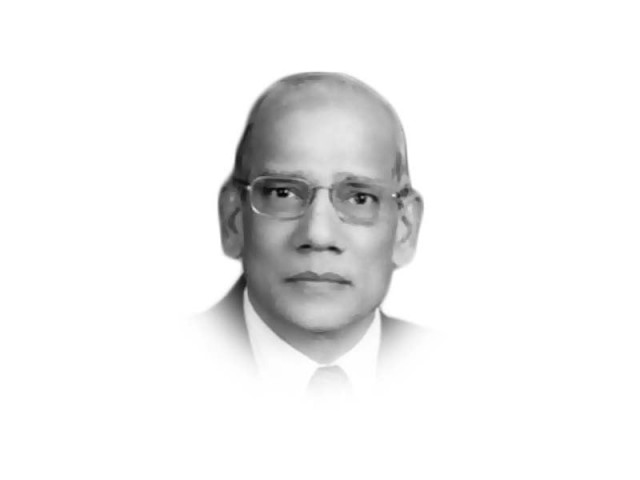Nordic model of education and Pakistan
The ideal soil for the children’s growth is difficult to find but not impossible

Children are born and the world is already there for them to find the essence of life. Through the stages of development starting from early infanthood and early childhood, every child carries the creative energy within to explore and seek the essence of life. An enabling environment of care, nutrition and stimulation of playfulness is required to unfold their creative genomic programs referred to as “nature”. This in turn depends on how the cognitive neural circuitry is nurtured. The ideal soil for the children’s growth is difficult to find but not impossible. Worth-citing here is the Nordic model that has high economic productivity. It is also associated with high social equality, trust and wellbeing. The model shows that children’s performance is independent of parents’ income. The nurturing of a civil society is driven by an opportunity afforded to all children of a country to enter elementary schools without discrimination of social class or standing. This can serve as seedlings of a nation-state with nourishment provided by a universal pedagogical curriculum (UPC).
David Brooks in his article in NYT in 2020 described how the Nordic nations in the 19th century were homogenous and poor. Interestingly, their economic growth took off after 1870. This is before establishment of the welfare state. How did they achieve it? The 19th century Nordic elites realised that if their countries were to prosper, they must shed the curse of illiteracy by creating a genuine ‘public school system’ for all children to learn and grow as a natural fabric of society. They laid the foundation of a holistic education known as Bildung in German. It means moral, emotional, intellectual and civic transformation of a person to unfold their talents and passion to be enlightened. Bildung enables a holistic broad-based education with the capacity of critical thinking. The training deals with acquiring expertise in a general and/or specialised field. The holistic education enables students to observe their world around them to understand the complex functional dynamics between self and society. How lucidly Rachel Andersen and Tomas Bjorkman describe the narratives in The Nordic Secret, “Bildung is the way that the individual matures and takes upon herself/himself ever bigger personal responsibility towards family, friends, fellow citizens, society, our globe, and the global heritage of our species, while enjoying ever bigger personal, moral and existential freedoms,” Before 19th century, most Europeans identified themselves in local but not in national terms. However, the Nordic Curriculum instilled in students a learning mechanism to switch from local to national to universal terms of reference. This would enable students to take shared responsibility for the whole stepping up from the family to a society to a nation. The Nordic educators enabled students to develop internal awareness dealing with emotions, cravings, wounds, and desires, and learn how to become resilient to deal with crisis.
The creative role of curriculum in a child’s development starts from parental conforming to group norms. If the environment enables, the child may finally frame her/his own norms of value. With this background, growing children learn as a pacemaker in a network of selves to acquire mutuality and holistic thinking. Thus, the purpose of a holistic education is to nurture children exploring the new world by providing them a horizontal enabling environment to unfold the creative energies.
The challenges for such a model to be implemented in a developing country like Pakistan include a well-established territorial society, agricultural means of production, children’s performance dependent on parent’s income, the influence of race, gender, language, culture complex and a higher rate of brain and capital drains. What it will take for the elites of this country to come to a consensus to shed the curse of illiteracy by implementing a UPC on the lines of Nordic model is indeed a challenge. A UPC would enable all children to live and grow with dignity and integrity as proud citizens of Pakistan. It could then lead to an integrated higher education system of bachelor studies of philosophy being sandwiched by natural and social sciences. It means the best revolution could be through adopting new means of universal education and training for all children without any discrimination of class and gender as vital sources of human development leading to a country’s progress and wellbeing.
Published in The Express Tribune, January 12th, 2022.
Like Opinion & Editorial on Facebook, follow @ETOpEd on Twitter to receive all updates on all our daily pieces.














COMMENTS
Comments are moderated and generally will be posted if they are on-topic and not abusive.
For more information, please see our Comments FAQ